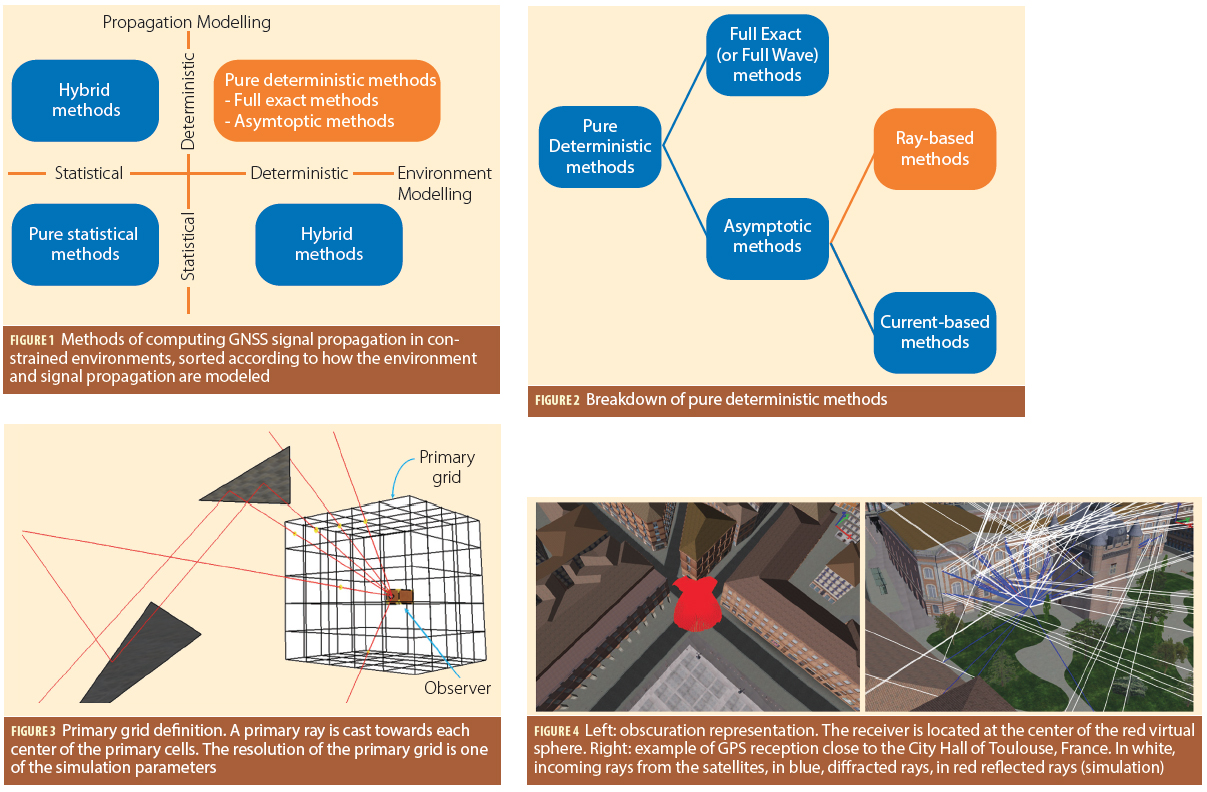Hitachi Uses Trimble Grade Control System
 Trimble GSC900 Allows Precision Excavation
Trimble GSC900 Allows Precision ExcavationTrimble has announced that the Hitachi Construction Machinery’s ZX200X-5B semi-automatic excavator is now available in Japan with the GCS900 Grade Control System.
The system uses GNSS, laser, sonic, or total station technology, to position the heavy machinery’s blade or bucket in real-time, for significant reduction in material overages and improving the contractor’s productivity, the company said. The unit makes design surfaces, grades, and alignments accessible to the operator inside a cab, Trimble said.
By Inside GNSS

_-_Sunset_-_2008-05-06-19-56-02.jpg)












